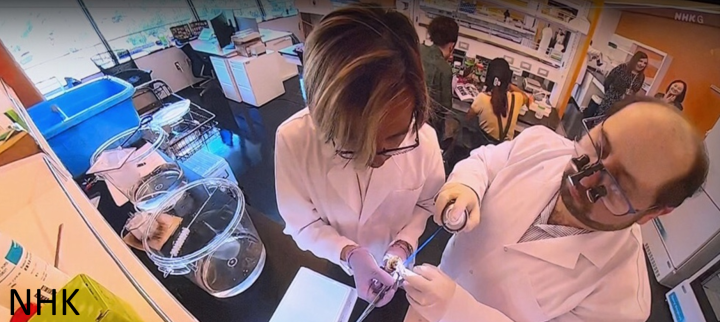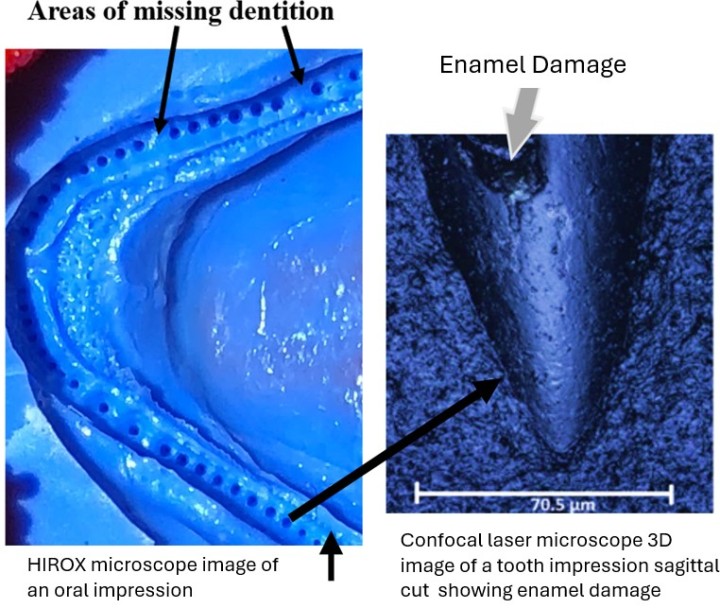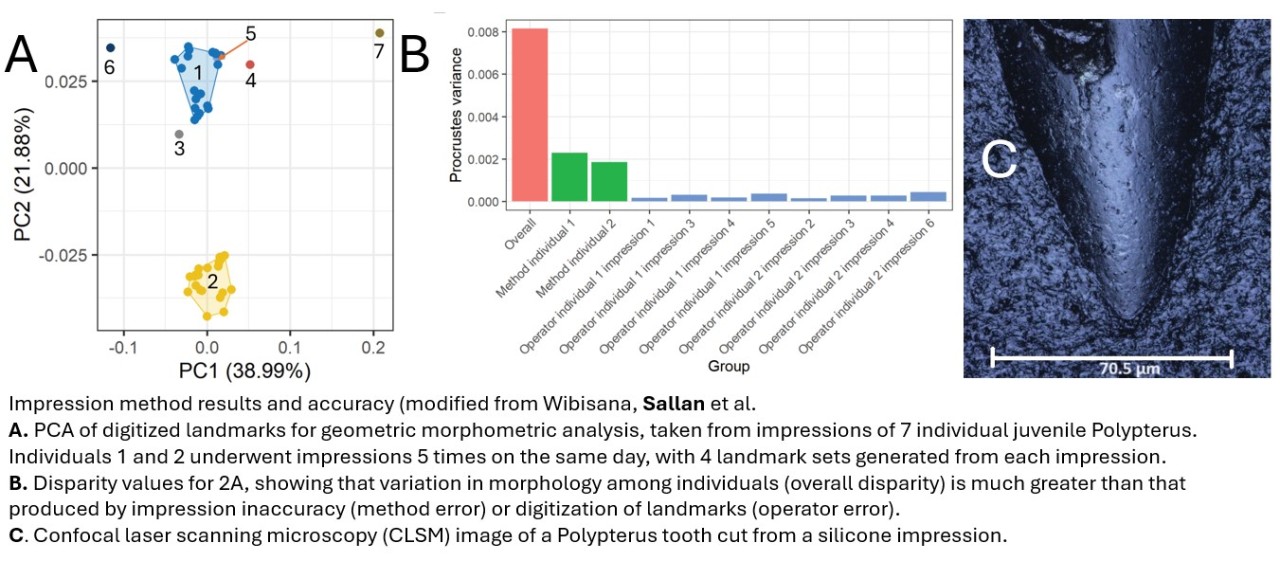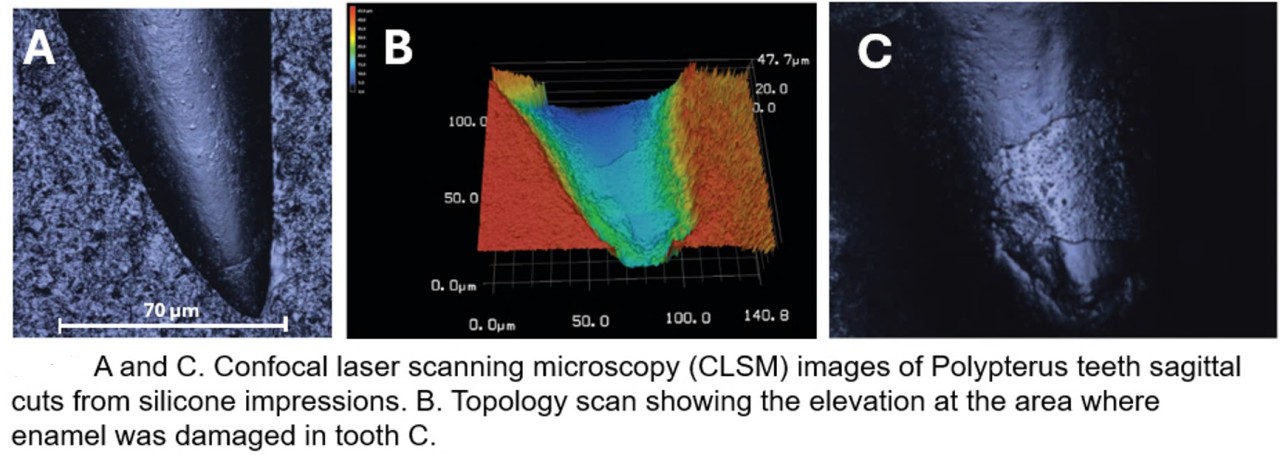My primary interest is to understand the evolution of teeth but not only from the viewpoint of basic, natural science but also in terms of unlocking potential medical applications. In my previous work as a dental professional, I have focused exclusively on the diagnostic, surgical, and clinical treatment aspects of my profession. Joining OIST as a Science and Technology Associate in the spring of 2023 positioned me to explore scientific questions that I have accumulated throughout my career, leveraging my experience as a clinician, surgeon, and biologist to investigate topics such as natural tooth replacement and jaw and tooth coevolution.
I earned a Doctor of Dental Surgery degree (DDS) from New York University College of Dentistry (2002-2006). My graduate school focus was to understand the epidemiology of oral disease from a public health perspective. This education provided an opportunity to study the effects of disease on populations and the importance of looking at entire groups versus individual patients. Following that, I completed an Advanced Education in General Dentistry (AEGD) residency at Nova Southeastern University (2006-2007) where I studied the surgical and bone biointegration aspects of restorative dentistry. From 2007 to 2022, I practiced in both corporate and private settings as a dental clinician. In 2023, I joined OIST as a Science and Technology Associate to pursue research full-time.











